Performance power: Rem Koolhaas and David Gianotten discuss the 2017 MPavilion
Inspired by ancient amphitheatres and nestled within the greenery of the historic Queen Victoria Gardens, the newest iteration of the MPavilion landed in Melbourne earlier this month. Promising to make a fitting home for a rich, 4-month long program of events, this structure is also the latest, albeit one of the smallest, finely tuned performance spaces by OMA.
The international architecture firm is no stranger to building for leisure, culture and entertainment – the Taipei Performing Arts Center and Porto’s Casa da Musica are just two of their many notable contributions to the genre. In comparison, this temporary summer pavilion seems positively petite, yet no less thought has gone into its design, than in that of its larger counterparts.
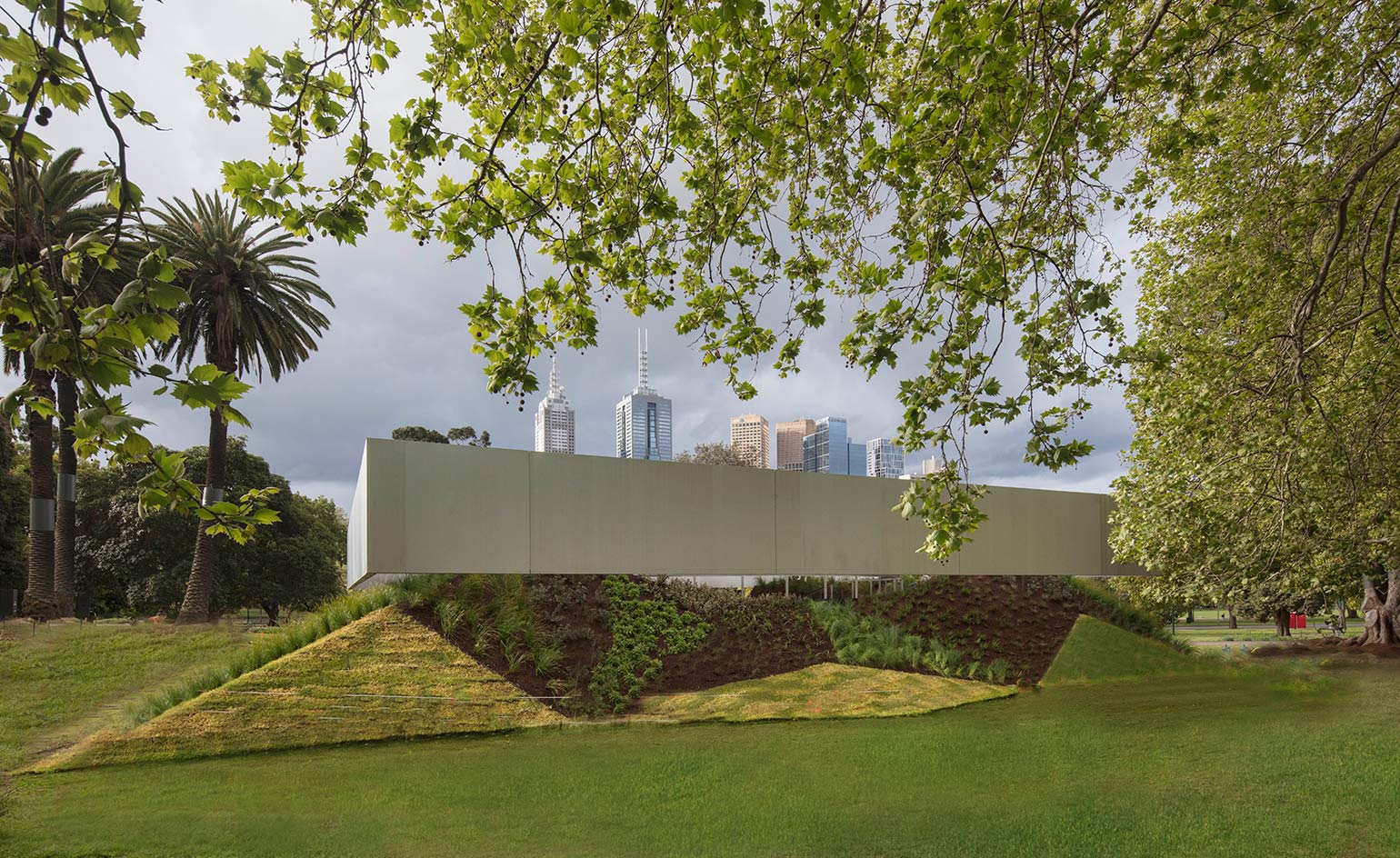
Exterior view of the MPavilion 2017.
Conceived as an open air platform to house events of all shapes and sizes, the structure appears deceptively simple; two grandstands, one fixed and one moveable, are arranged under a floating roof, fixed on a hilly landscape of native plants. The canopy is clad in aluminium; within it is embedded all the necessary equipment to support different types of activities.
Rem Koolhaas, together with the firm’s managing partner David Gianotten, headed the design team. The pair shares its insights and vision for the structure’s use in a newly released short film, revealing how this project was designed not only as a modern event space, but also a hub for debate about architecture and Melbourne’s urban needs.
'The amphitheatre is a place for debate, and that’s very often not public,' says Gianotten. 'And there is debate about the city needed, especially because everybody praises Melbourne as the most liveable city in the world, but that doesn’t mean there are no issues.'
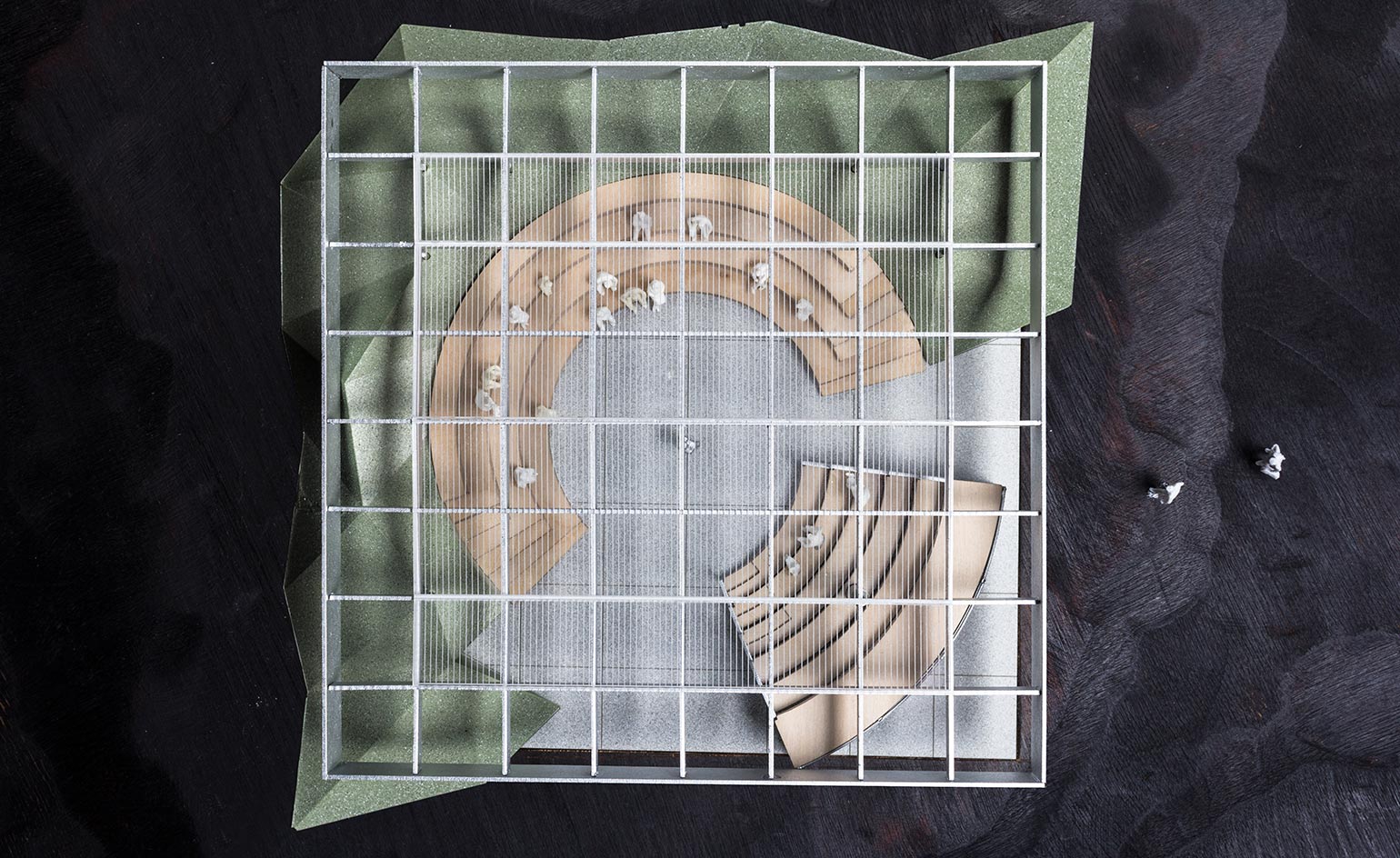
Design model of the Pavilion 2017.
In order to cover all bases, flexibility was key, so the architects’ clever technical planning, including the adaptable nature of the stage and seating, means that this small but perfectly formed structure can easily respond to unexpected needs and impromptu programming.
Being able to accommodate different scenarios may be a good way to measure the pavilion’s success, yet it is not the only one. 'For me the success will also be dependant on what people do inside the pavilion,' says Gianotten. 'It would be super exciting if we also get that feedback and to be inspired by that use.'
With the MPavilion's first month about to come to a close, and three more months' worth of activities planned ahead, there will no doubt be plenty of food for thought coming from this multi-tasking structure’s relatively short life.

Interior of the MPavilion 2017.
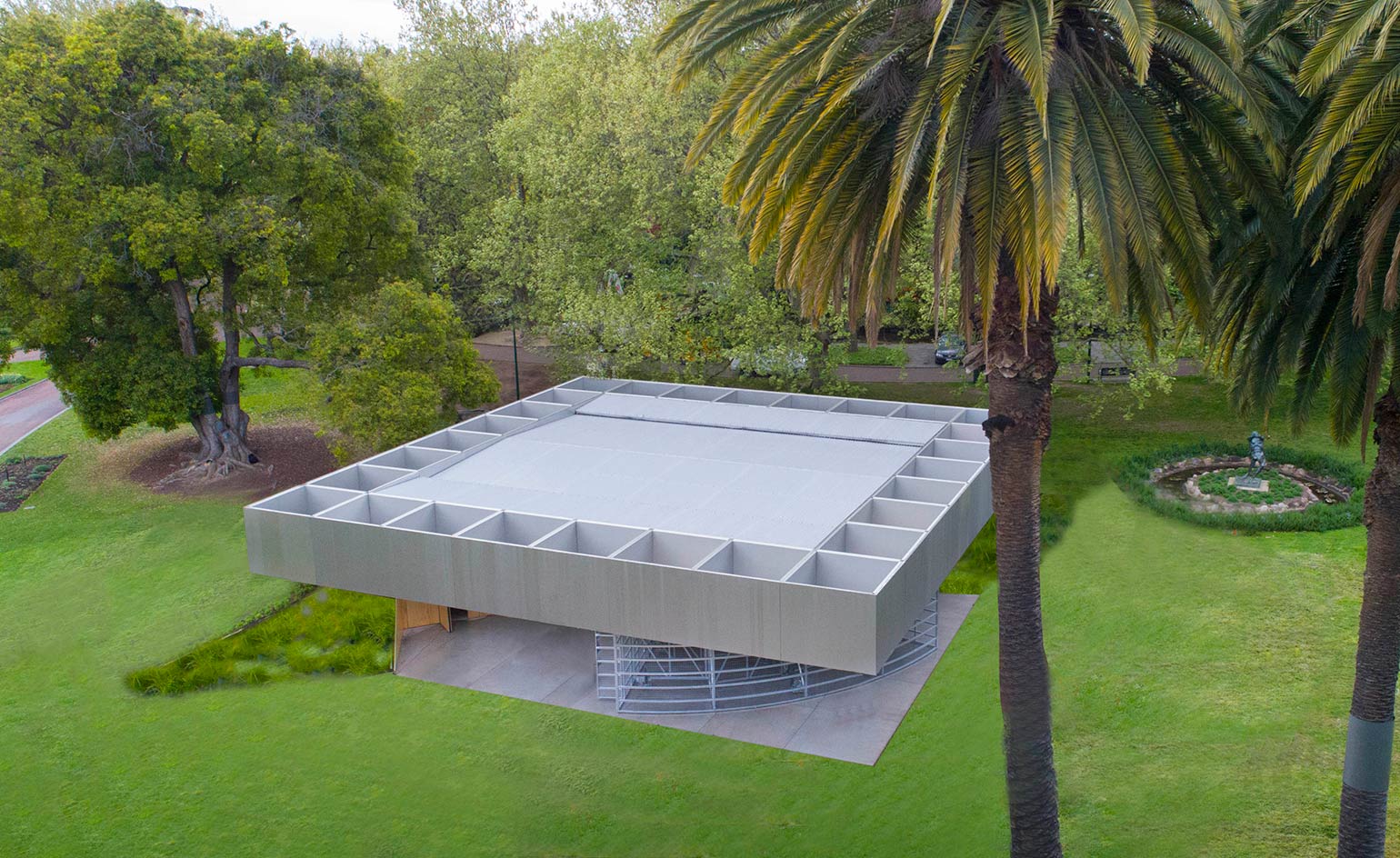
Aerial view of the MPavilion 2017.
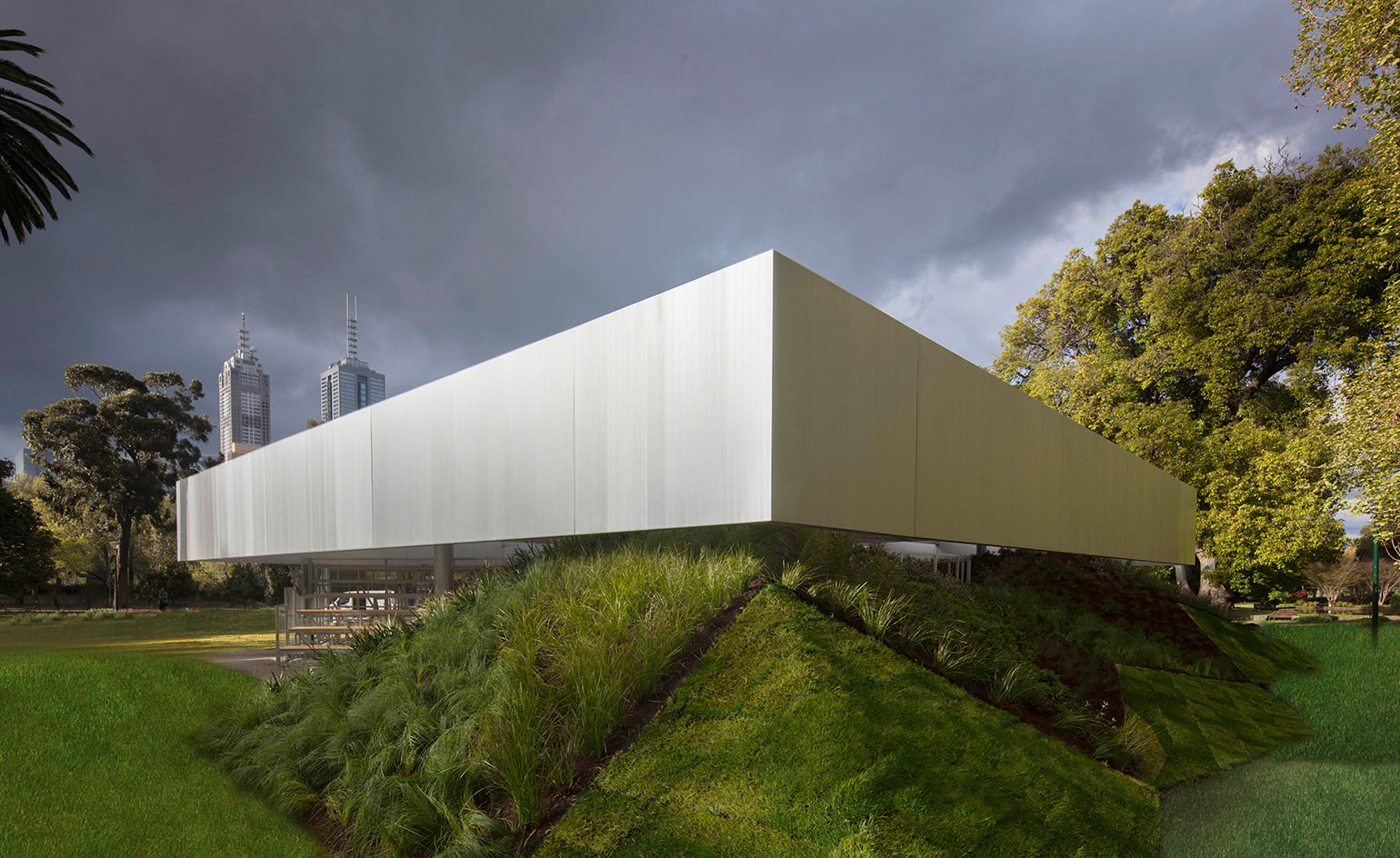
Exterior view of the MPavilion 2017.
INFORMATION
For more information visit the MPavilion and OMA websites
Receive our daily digest of inspiration, escapism and design stories from around the world direct to your inbox.
Ellie Stathaki is the Architecture & Environment Director at Wallpaper*. She trained as an architect at the Aristotle University of Thessaloniki in Greece and studied architectural history at the Bartlett in London. Now an established journalist, she has been a member of the Wallpaper* team since 2006, visiting buildings across the globe and interviewing leading architects such as Tadao Ando and Rem Koolhaas. Ellie has also taken part in judging panels, moderated events, curated shows and contributed in books, such as The Contemporary House (Thames & Hudson, 2018), Glenn Sestig Architecture Diary (2020) and House London (2022).
-
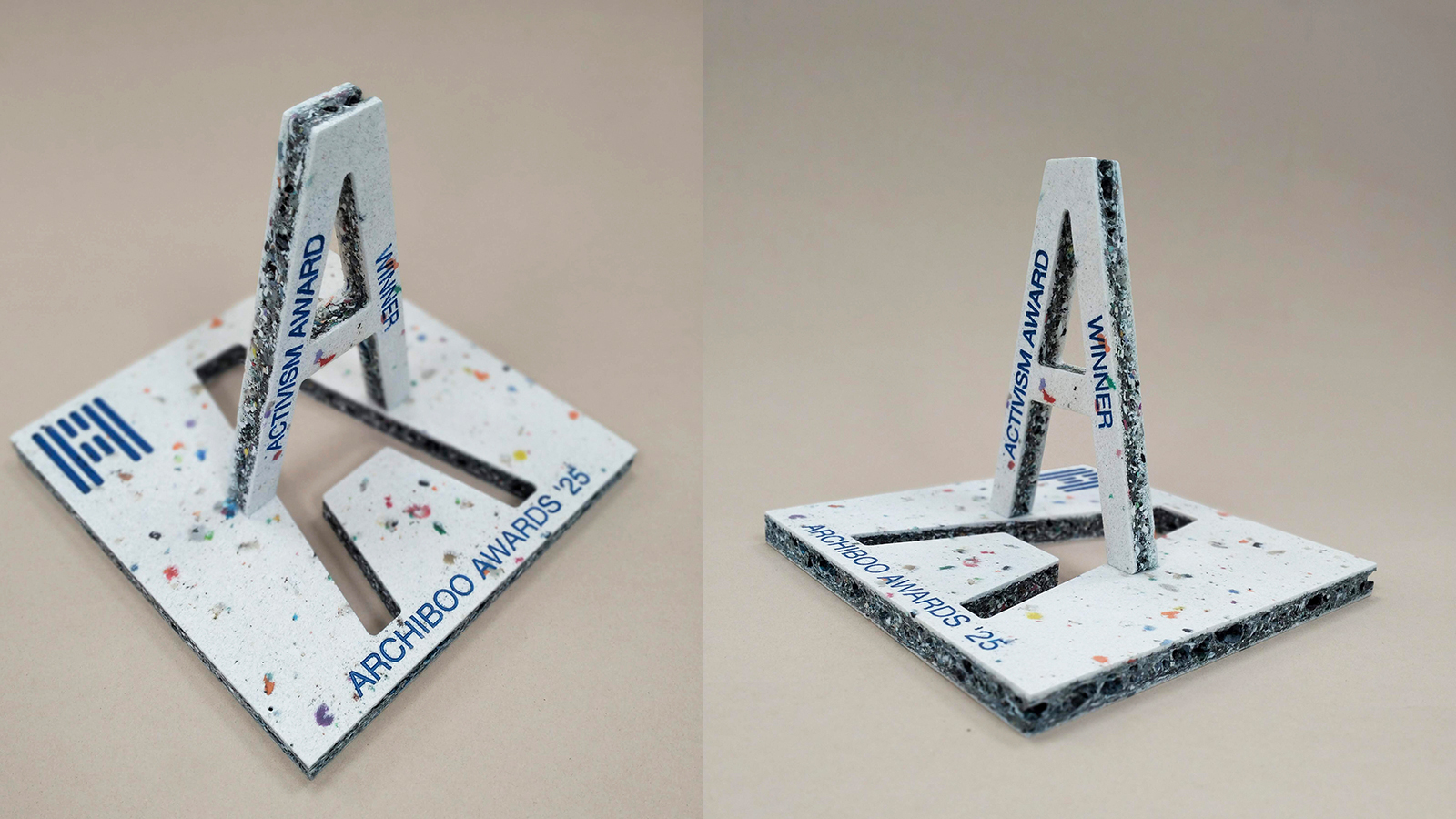 Archiboo Awards 2025 revealed, including prizes for architecture activism and use of AI
Archiboo Awards 2025 revealed, including prizes for architecture activism and use of AIArchiboo Awards 2025 are announced, highlighting Narrative Practice as winners of the Activism in architecture category this year, among several other accolades
-
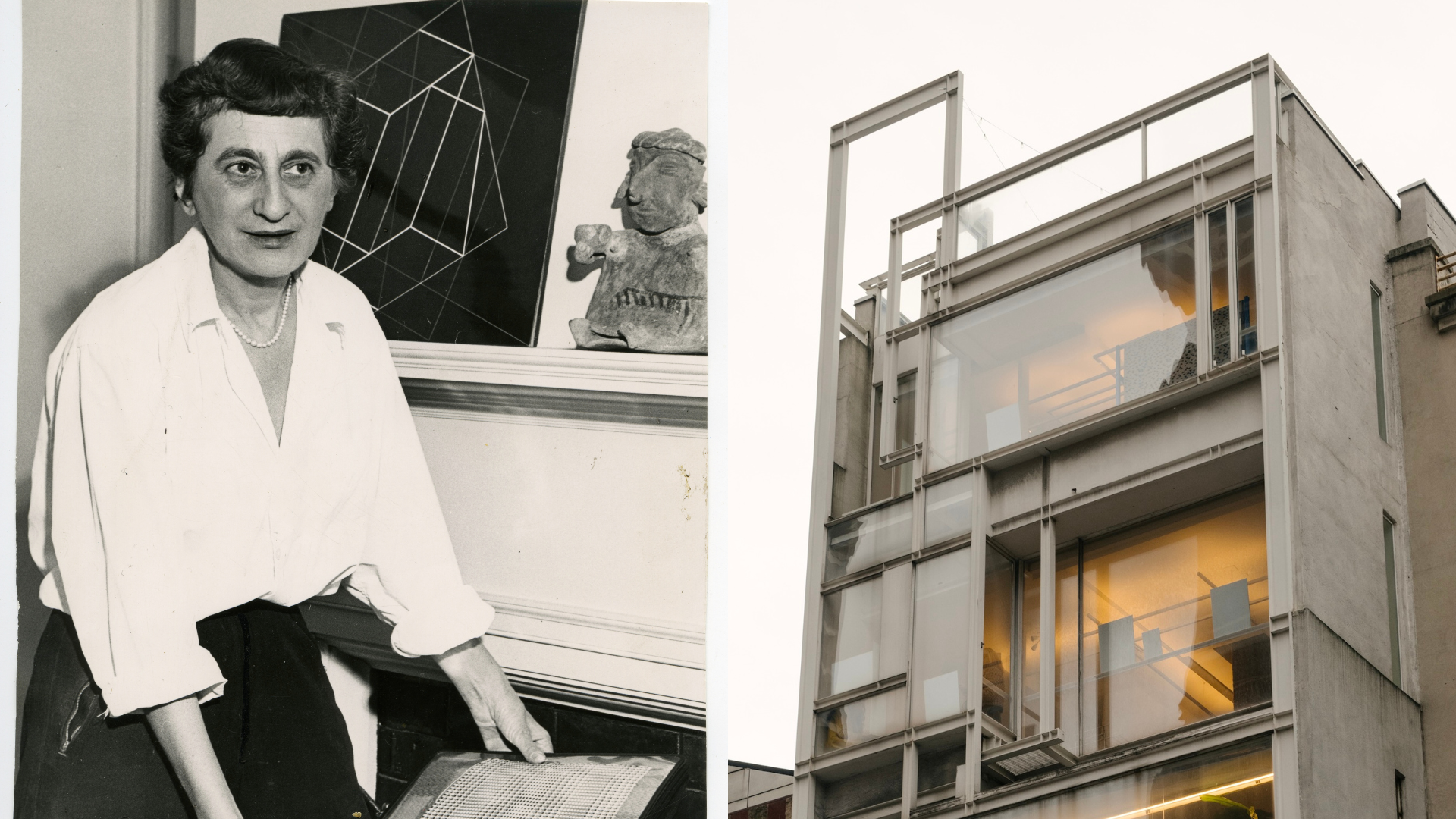 Paul Rudolph's home served as a gigantic 'loom' for an exhibition of Anni Albers textiles
Paul Rudolph's home served as a gigantic 'loom' for an exhibition of Anni Albers textilesItalian textile brand Dedar presented its Weaving Anni Albers collection at the legendary architect’s experimental Modulightor building in New York last week
-
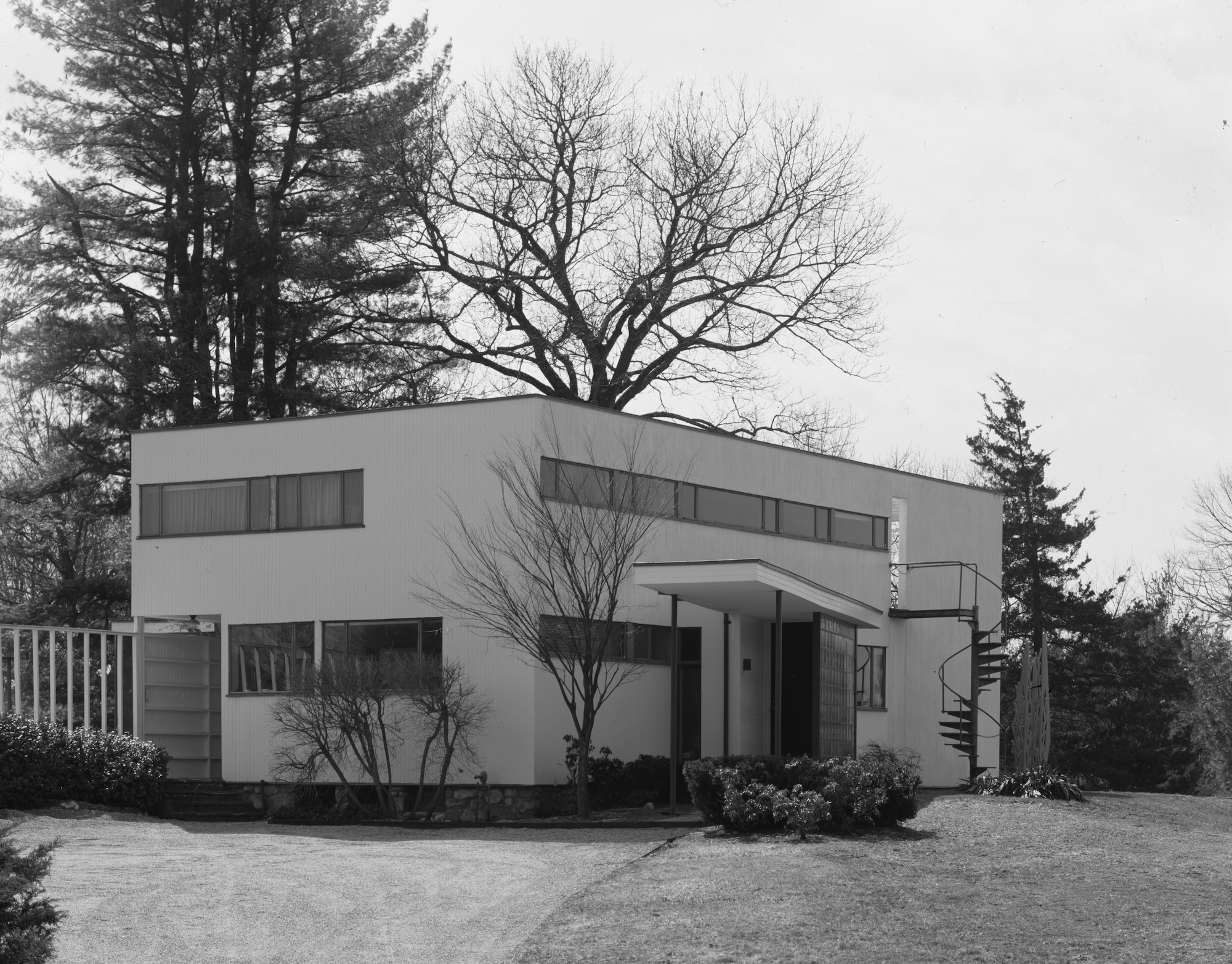 From Bauhaus to outhouse: Walter Gropius’ Massachusetts home seeks a design for a new public toilet
From Bauhaus to outhouse: Walter Gropius’ Massachusetts home seeks a design for a new public toiletFor years, visitors to the Gropius House had to contend with an outdoor porta loo. A new architecture competition is betting the design community is flush with solutions
-
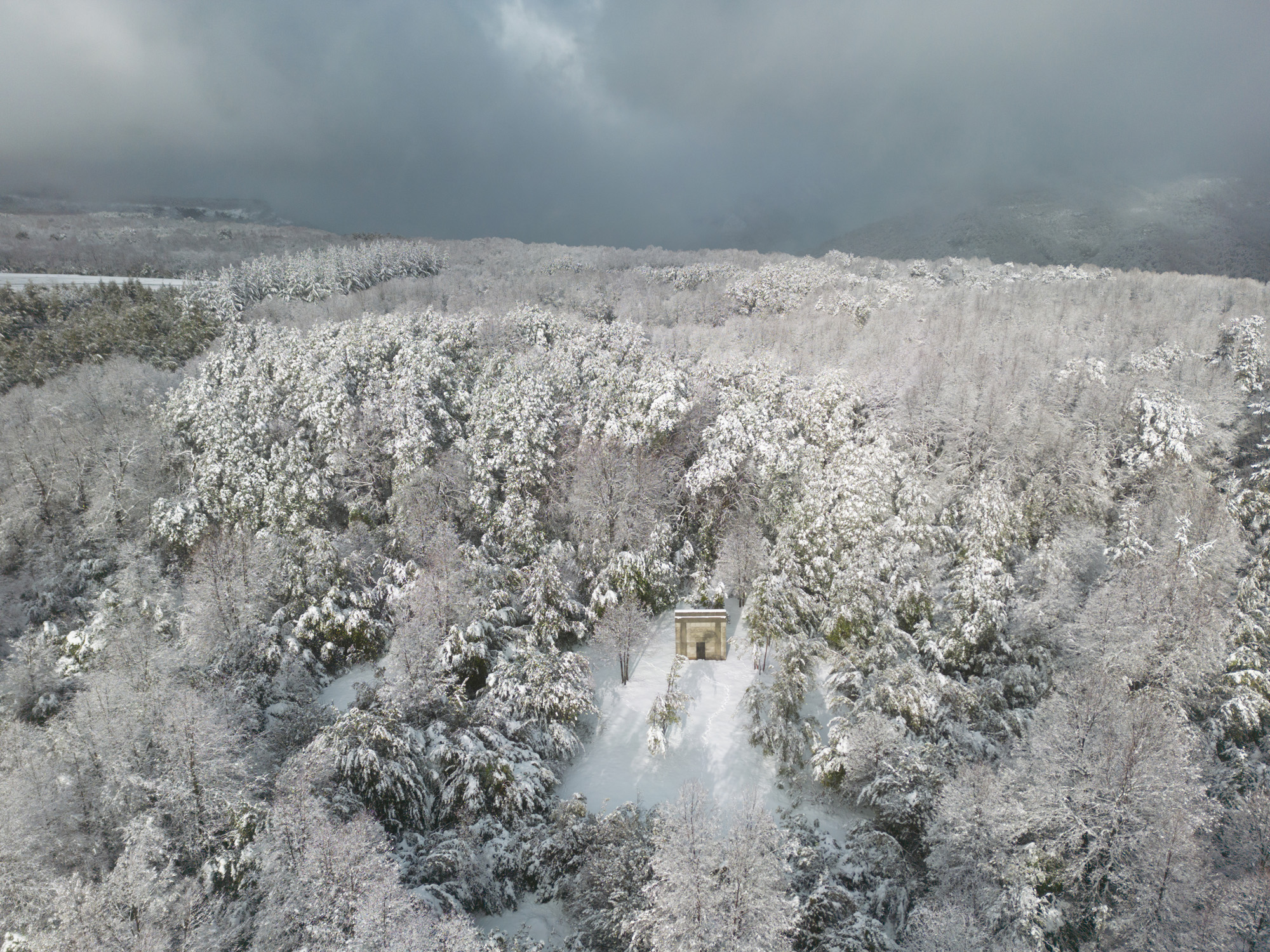 A Chilean pavilion cuts a small yet dramatic figure in a snowy, forested site
A Chilean pavilion cuts a small yet dramatic figure in a snowy, forested siteArchitects Pezo von Ellrichshausen are behind this compact pavilion, its geometric, concrete volume set within a forest in Chile’s Yungay region
-
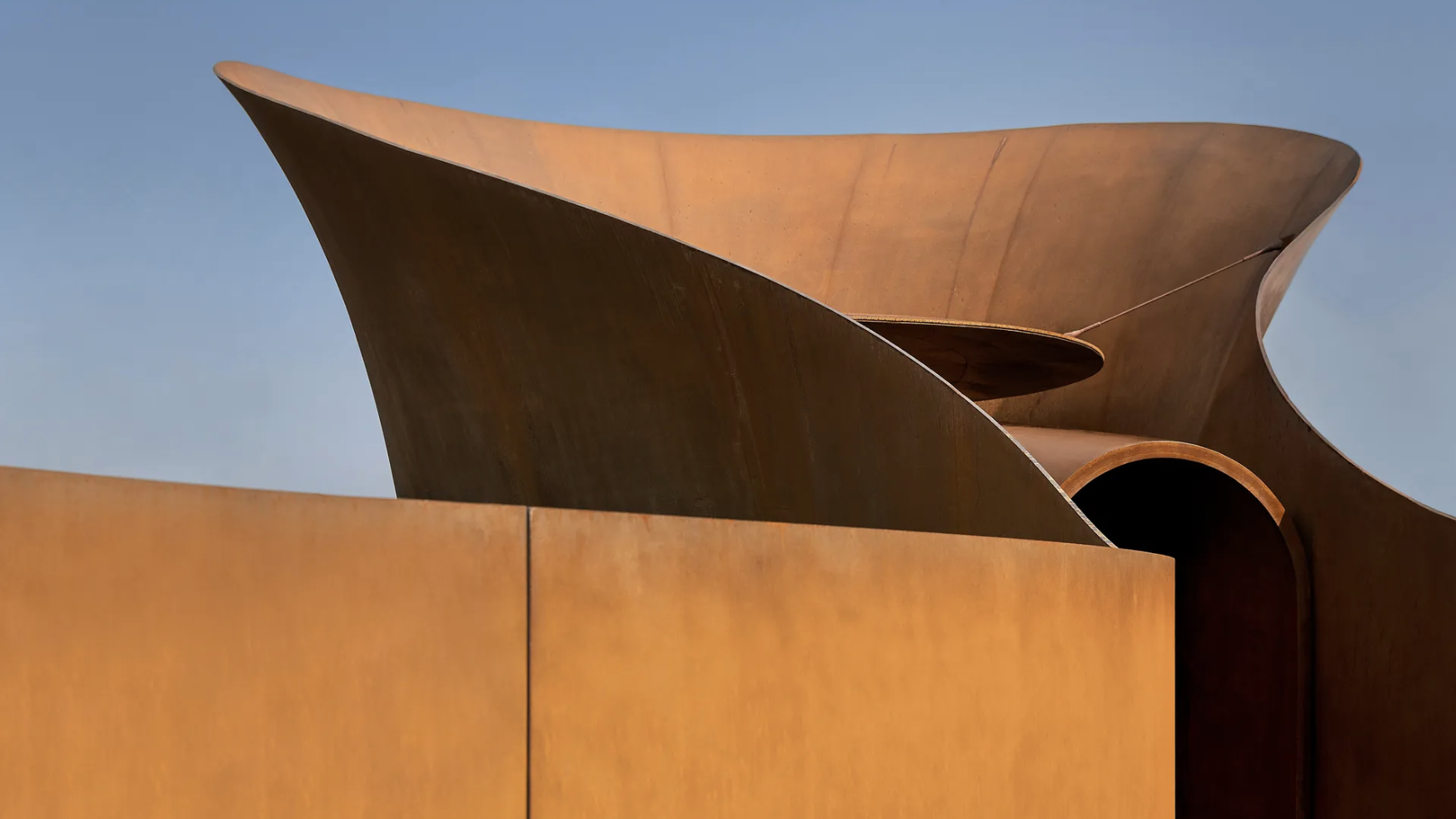 Doshi Retreat at the Vitra Campus is both a ‘first’ and a ‘last’ for the great Balkrishna Doshi
Doshi Retreat at the Vitra Campus is both a ‘first’ and a ‘last’ for the great Balkrishna DoshiDoshi Retreat opens at the Vitra campus, honouring the Indian modernist’s enduring legacy and joining the Swiss design company’s existing, fascinating collection of pavilions, displays and gardens
-
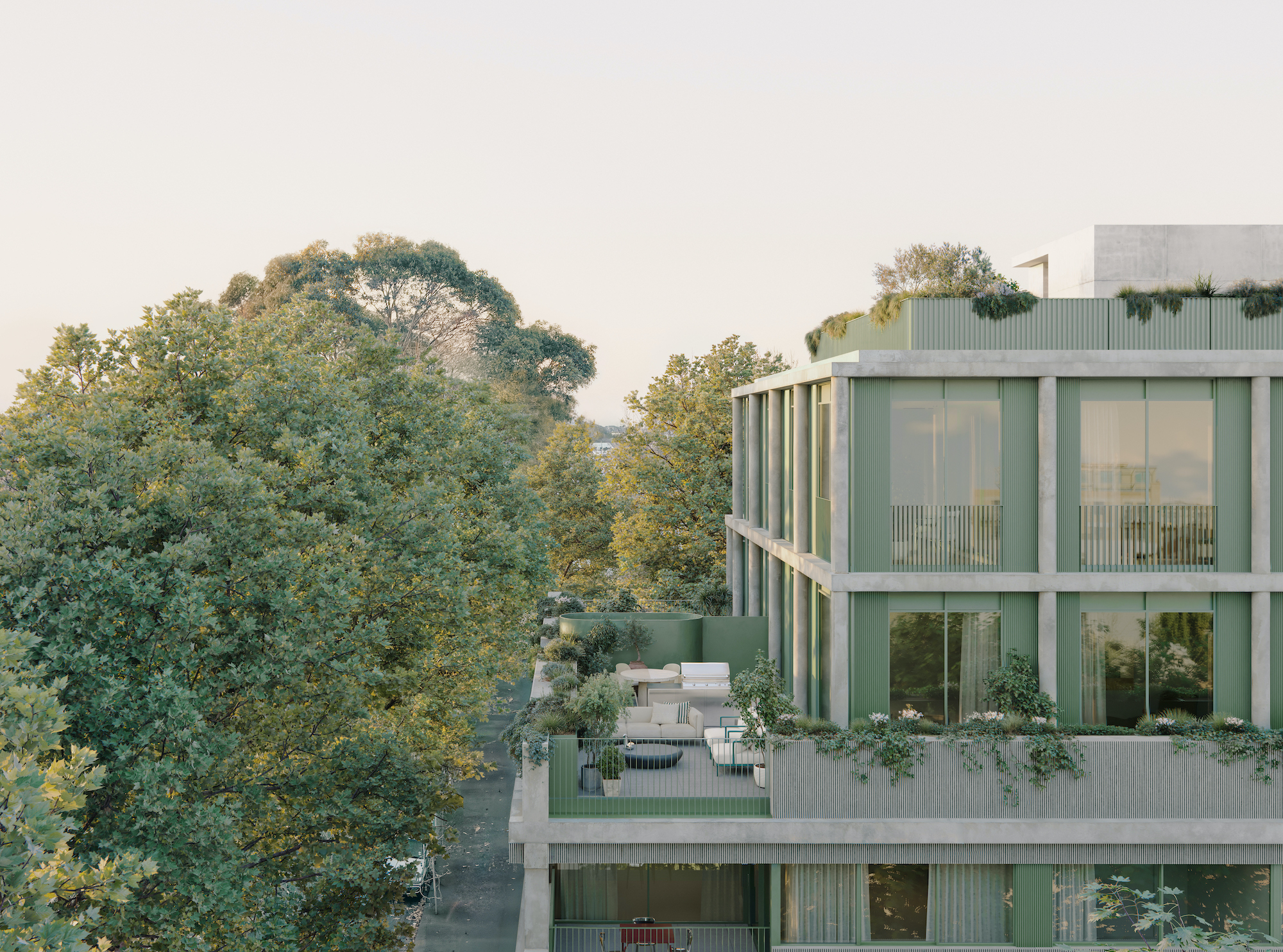 Neometro is the Australian developer creating homes its founders ‘would be happy living in’
Neometro is the Australian developer creating homes its founders ‘would be happy living in’The company has spent 40 years challenging industry norms, building design-focused apartment buildings and townhouses; a new book shares its stories and lessons learned
-
 Slides, clouds and a box of presents: it’s the Dulwich Picture Gallery’s quirky new pavilion
Slides, clouds and a box of presents: it’s the Dulwich Picture Gallery’s quirky new pavilionAt the Dulwich Picture Gallery in south London, ArtPlay Pavilion by Carmody Groarke and a rich Sculpture Garden open, fusing culture and fun for young audiences
-
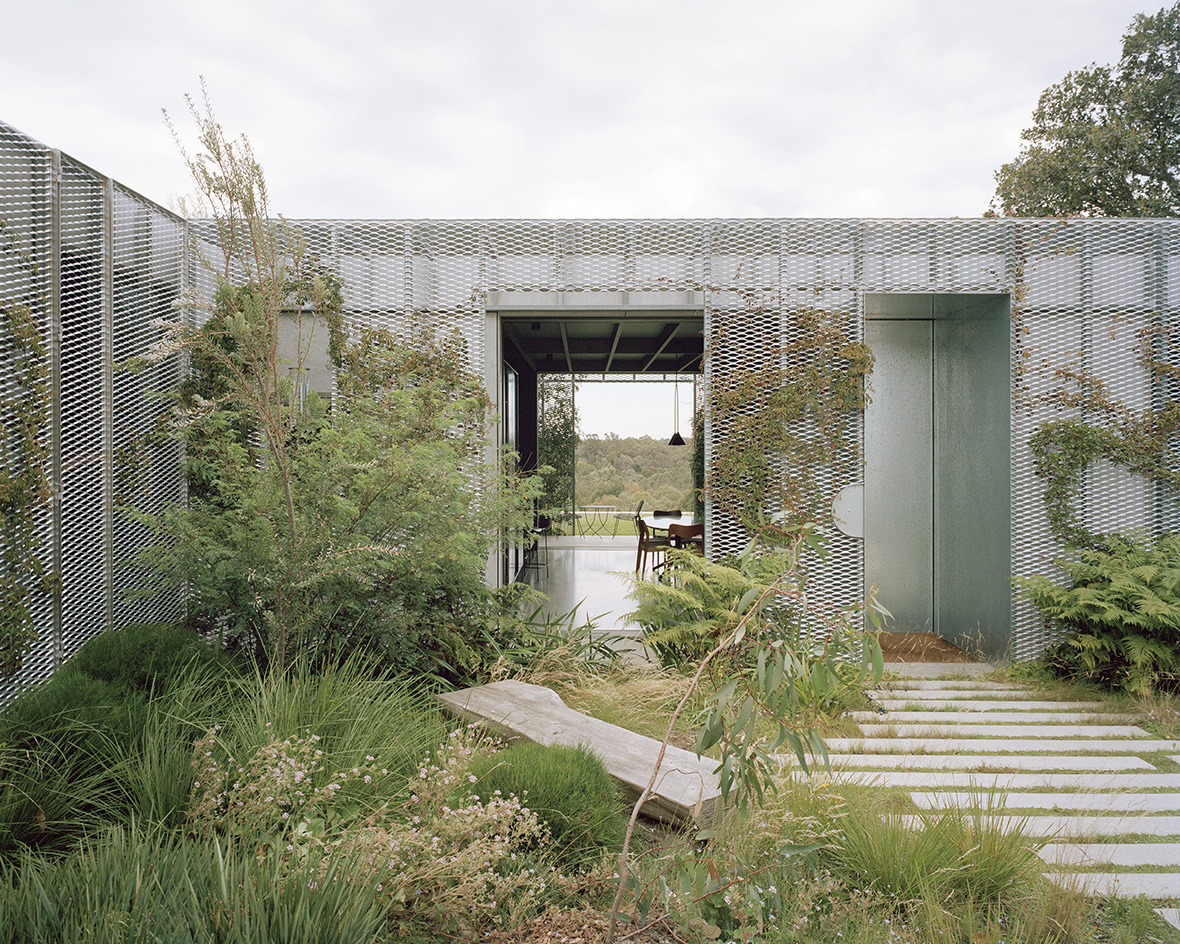 The Melbourne studio rewilding cities through digital-driven landscape design
The Melbourne studio rewilding cities through digital-driven landscape design‘There's a lack of control that we welcome as designers,’ say Melbourne-based landscape architects Emergent Studios
-
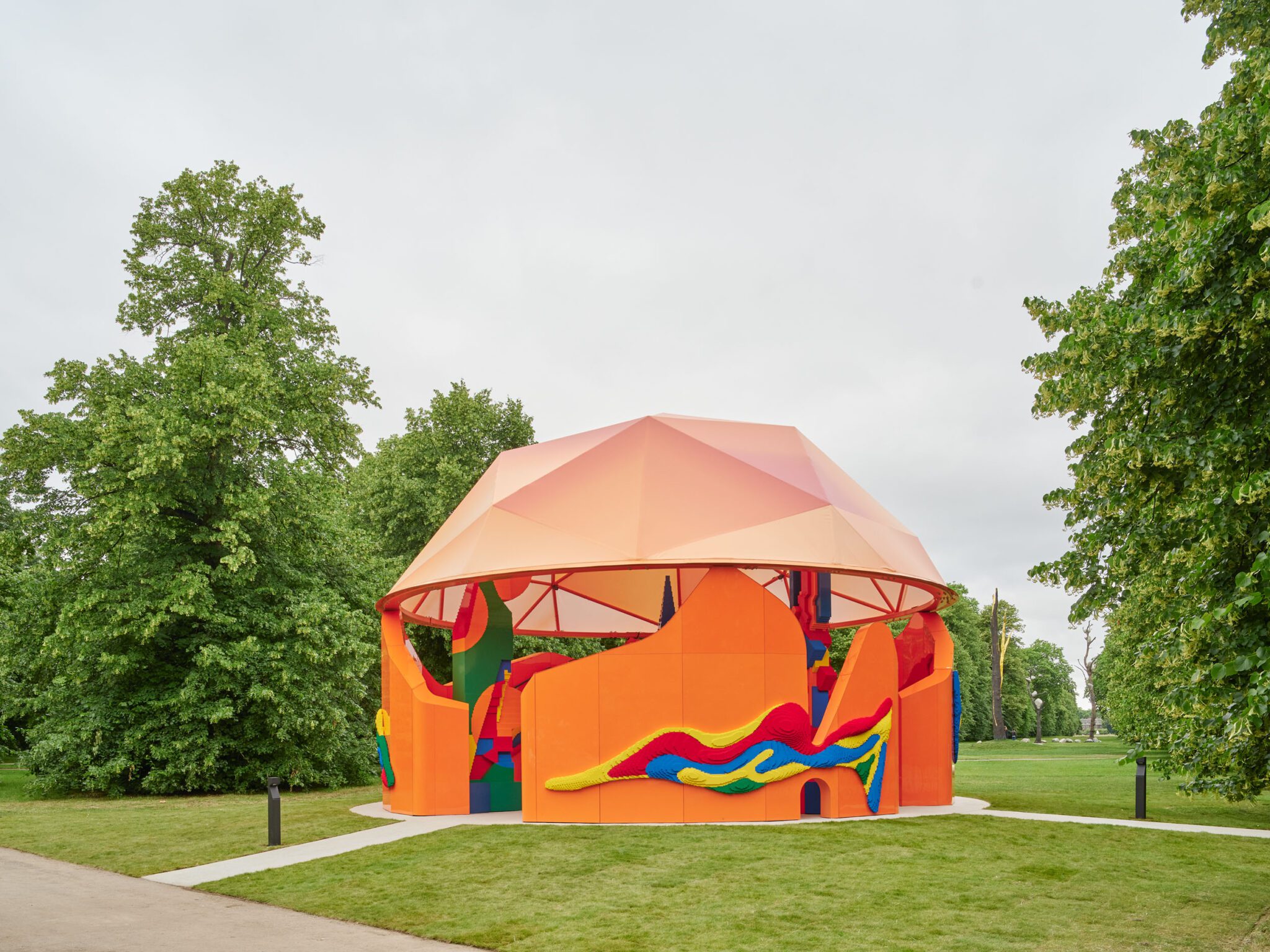 Lego and Serpentine celebrate World Play Day with a new pavilion
Lego and Serpentine celebrate World Play Day with a new pavilionLego and Serpentine have just unveiled their Play Pavilion; a colourful new structure in Kensington Gardens in London and a gesture that celebrates World Play Day (11 June)
-
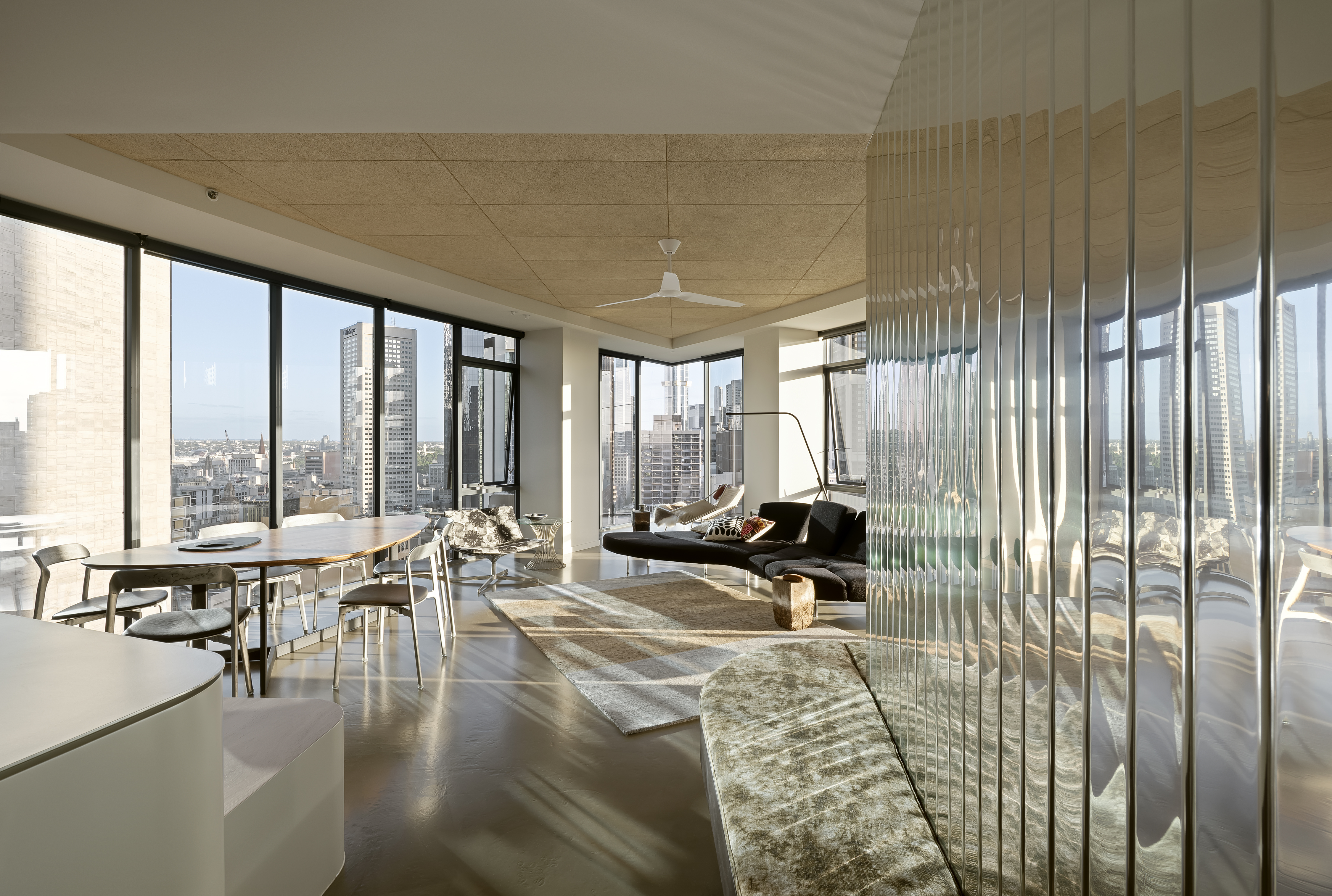 A Republic Tower apartment refresh breathes new life to a Melbourne classic
A Republic Tower apartment refresh breathes new life to a Melbourne classicLocal studio Multiplicity's refresh signals a new turn for an iconic Melbourne landmark
-
 The Serpentine Pavilion 2025 is ready to visit, ‘an exhibition you can use’
The Serpentine Pavilion 2025 is ready to visit, ‘an exhibition you can use’The Serpentine Pavilion 2025 is ready for its public opening on 6 June; we toured the structure and spoke to its architect, Marina Tabassum